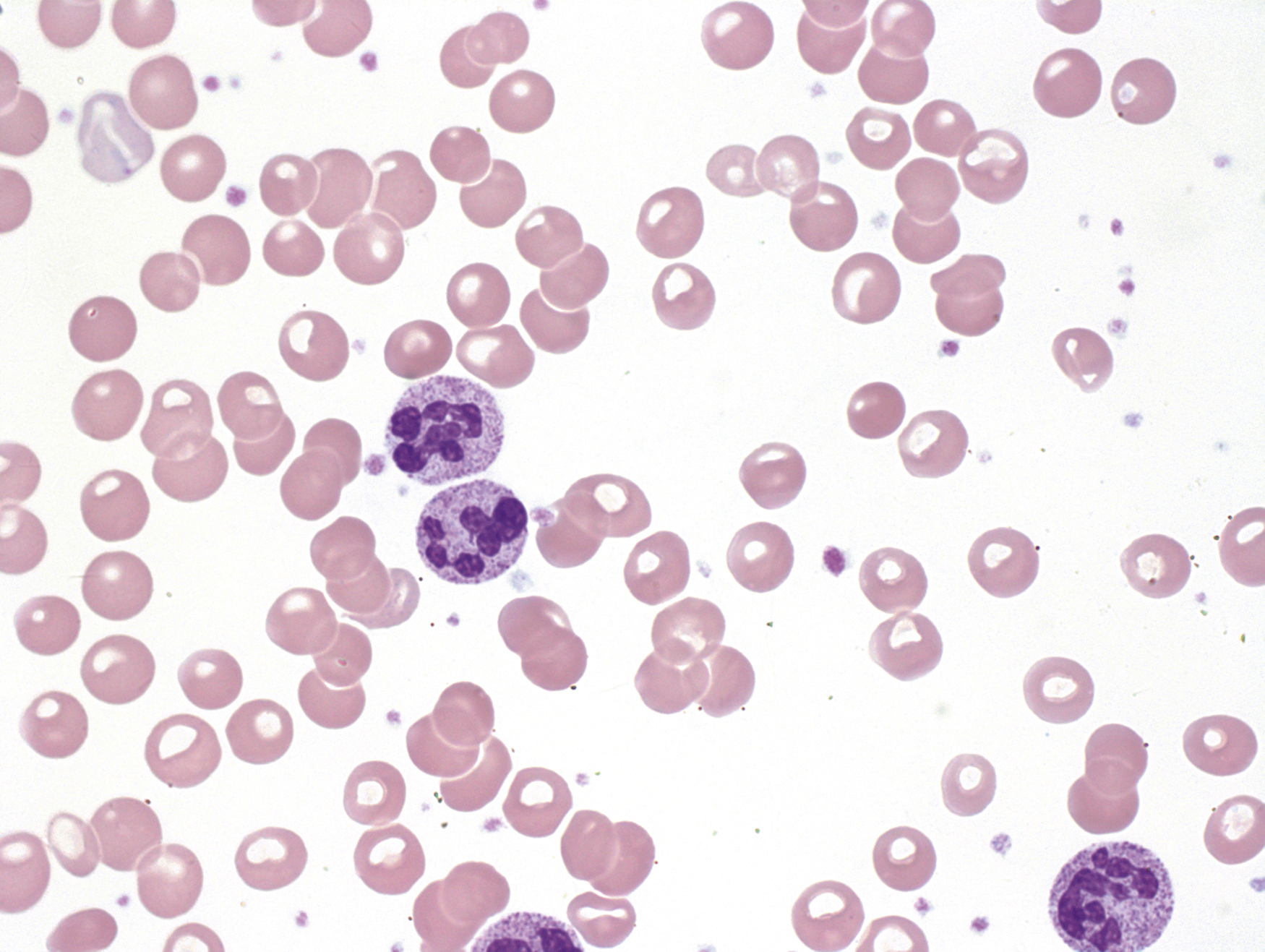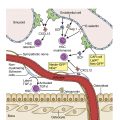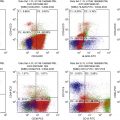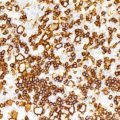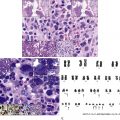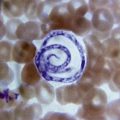In the workup of patients with suspected megaloblastic anemia, clinical findings, the complete blood count (CBC) with manual differential, and additional diagnostic studies are critical for narrowing the differential diagnosis ( Boxes 4.1 and 4.2 ). Beyond just the hemoglobin/hematocrit tests, the hematologist needs to scrutinize the red blood cell (RBC) indices, including the mean cell volume (MCV) and the red cell distribution width (RDW). The morphologic classification of anemias according to the MCV into microcytic, normocytic, and macrocytic types allows for a systematic consideration of the possible underlying causes of the anemia in each category, and provides a road map for selecting the relevant laboratory investigations in any particular case. Once the cause of the anemia is established, the appropriate treatment and follow-up can then be instituted.
- •
General symptoms of anemia, including fatigue, palpitations, shortness of breath
- •
Pallor and jaundice giving rise to “lemon yellow” skin color
- •
Tongue changes, smooth or raw beefy appearance, and oral pain (see Fig. 4.1 )

Fig. 4.1
Photograph of the tongue of a patient with pernicious anemia showing smooth papilla and a raw beefy appearance.
- •
Neurologic changes more conspicuous in vitamin B 12 deficiency and rare in folate deficiency
- •
Paresthesias, “pins and needles,” gait abnormalities
- •
Slow mentation, cognitive deficits
- •
Autonomic dysfunction, urinary incontinence, impotence
- •
- •
Hyperpigmentation, palms, soles, axillary region, and other skinfolds in B 12 deficiency (see Figs. 4.2 and 4.3 )

Fig. 4.2
Photograph of hyperpigmentation in the axillary region of a patient with pernicious anemia.

Fig. 4.3
Pigmented palmar creases in the patient shown in Fig. 4.3 .
- •
Vitamin levels (B 12 , folate)
- •
Metabolite measurements (homocysteine, methylmalonic acid)
- •
Clinical chemistry
- •
Increased bilirubin
- •
Increased lactate dehydrogenase
- •
Increased serum iron, ferritin
- •
Intrinsic factor antibodies (in approximately 60% of pernicious anemia)
- •
General Overview and Incidence
The scope of this chapter covers primarily macrocytic anemia, defined in adults as MCV greater than 100 fL. However, it is important to recognize that not all macrocytic anemias are megaloblastic. Likewise, not all megaloblastic anemias are associated with an increased MCV, because if there is a coexisting condition that would result in the production of microcytic red cells (e.g., concurrent iron deficiency anemia, thalassemia minor), this would cause the MCV to fall within the normal reference range (80–100 fL). , In this situation the RDW is usually elevated because of the variation in red cell size resulting from the underlying dual perturbations in erythropoiesis. Additionally, in the presence of micropoikilocytosis, such as occurs in microangiopathic hemolytic conditions, this may also result in a normal MCV with increased RDW. Microscopic review of the peripheral smear adds additional useful information concerning a possible underlying megaloblastic process regardless of whether the anemia is macrocytic or normocytic. The morphologic interpretation allows for identification of anisocytosis and poikilocytosis as well as the presence of hypersegmented polymorphonuclear leukocytes, a hallmark of the megaloblastic process ( Figs. 4.4 and 4.5 ). Further information that may be gleaned from a peripheral smear includes the presence or absence of reticulocytes, schistocytes, teardrop forms, and other morphologic abnormalities, as well as evaluation of other white blood cells and platelets.
